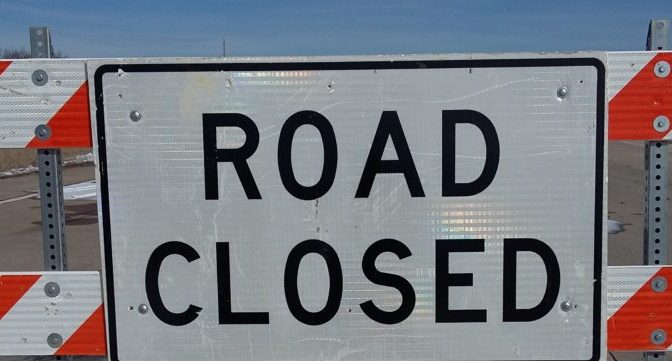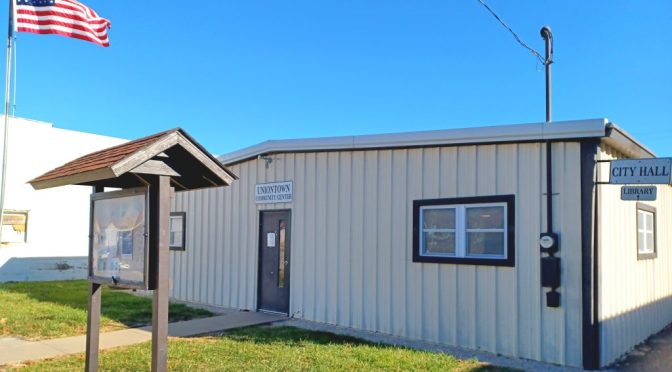TOPEKA – Governor Laura Kelly today announced priorities for the Kansas Rural Health Transformation Plan, which has been submitted to the Centers for Medicare and Medicaid Services (CMS) as part of the state’s application for the $50 billion federal Rural Health Transformation Program (RHTP). Through this program, Kansas could receive significant federal funding to improve the health and sustainability of rural communities statewide.
“Our Kansas Rural Health Transformation Plan will fundamentally change the delivery of health care in rural communities across the state,” Governor Laura Kelly said. “I’m confident that Kansas’ plan, crafted by leading experts, will lay the groundwork to build a more collaborative, more efficient health care system that provides the right care, at the right time, in the right place.”
The plan’s goals are to:
- Improve rural Kansans’ health outcomes and transform the delivery system by implementing and sustaining initiatives that promote preventive health care and address root causes of diseases,
- Enhance rural health care providers’ efficiency and sustainability,
- Attract and retain a high-skilled health care workforce,
- Spark growth of innovative care models in rural communities that improve quality of care while reducing costs, and,
- Foster the use of innovative technologies to increase access to care for rural Kansans.
The plan development was led by the Kansas Department of Health and Environment (KDHE) and the Kansas Department for Aging and Disability Services (KDADS), in partnership with the Kansas Rural Health Innovation Alliance (KRHIA) and the University of Kansas Care Collaborative. Public KRHIA meetings were held to discuss and refine the initiatives to be included in the plan.
If awarded, KDHE will serve as the lead agency implementing Kansas’ Rural Health Transformation Plan. The KRHIA will continue to serve as the primary vehicle for stakeholder engagement throughout the implementation of these initiatives.
The KRHIA worked with the state application team to identify key initiatives to achieve the plan’s goals. The following initiatives are included in Kansas’ application:
- Expand Primary and Secondary Prevention Programs to reduce chronic disease rates by increasing access to preventive screenings, behavioral health services, and nutrition counseling.
- Secure Local Access to Primary Care for rural Kansans to receive care earlier on in the appropriate setting and within their communities – thereby strengthening the fiscal sustainability for rural Kansas hospitals.
- Build a Sustainable Rural Health Workforce to ensure more rural Kansans have access to primary care, dental, and behavioral health providers and ease nursing and allied health shortages in rural Kansas.
- Enable Value-Based Care to have 100% of rural Medicare and Medicaid beneficiaries in accountable care relationships by 2031 that focus on improving patient health outcomes while lowering the total cost of care.
- Harness Data and Technology to enable rural Kansas providers to expand the use of telehealth and remote monitoring, utilization of consumer-facing technologies, and meaningfully engage in data sharing and analysis of aggregated patient and outcome data.
CMS is expected to announce funding awards by Dec. 31, 2025. The project narrative, which contains additional details about the contents of Kansas’ application, can be found here.
###
















